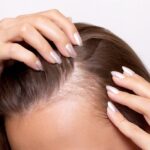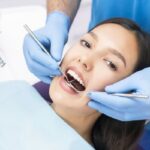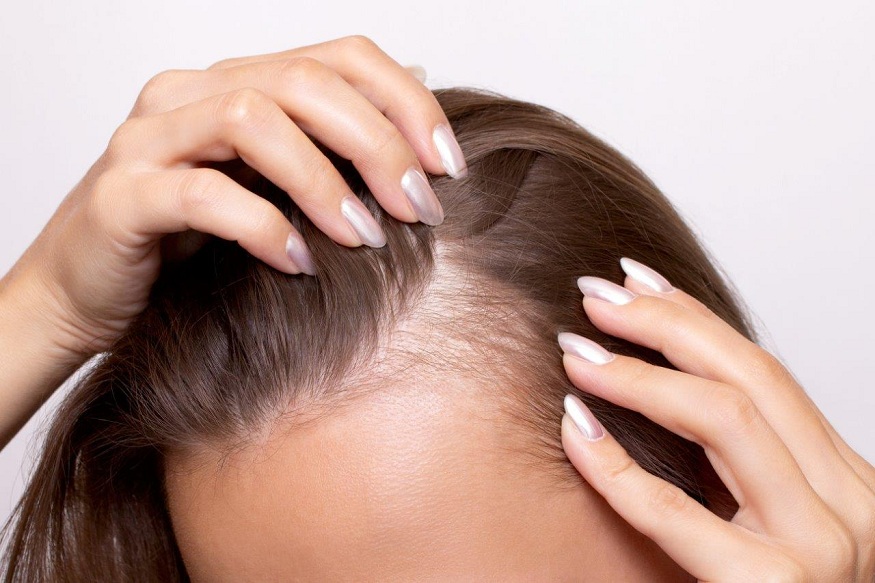Hair loss is common, especially during climate changes. This seasonal phenomenon can be discouraging and requires special attention to maintain the health of your hair during these transitional periods. Almost everyone loses hair every day. While this may seem like a lot, considering that the scalp has over 100,000 follicles, it’s generally not serious. If you experience more than average hair loss , medically known as alopecia, it’s crucial to pay attention to lifestyle or other symptoms of the underlying condition.
Both men and women can experience hair loss, and it can worsen with age. Seeing more hair on your brush or on the floor can be discouraging. Identifying the causes of hair loss is crucial to taking appropriate action. Let’s discuss it in detail to answer today’s most relevant question: “How to prevent hair loss?”
Symptoms of hair loss
Hair loss can manifest itself in many ways, from appearing suddenly or gradually, to affecting your entire body or just your scalp.
Visible hair strands: Increased hair on pillows, brushes, floors, or shower drains
Progressive hair thinning: In people with alopecia, a gradual decrease in hair density occurs over time, leading to a thinning of the texture. In men, hair thinning is often characterized by a receding hairline or baldness, while in women, the hairline may widen.
Bald spots: Localized hairless areas can appear suddenly or develop gradually, and their size can vary. The presence of bald spots often indicates a more advanced stage of hair loss.
Emotional Distress: People struggling with hair loss may experience increased levels of stress , anxiety, and even depression.
Causes of Hair Loss
Before discussing how to stop hair loss, let’s understand some of the common causes of hair loss:
Androgenetic (genetic) alopecia: Hereditary factors are one of the most common causes of hair loss.
Hormonal changes: Fluctuations in hormone levels due to pregnancy, childbirth, menopause, or conditions such as polycystic ovarian syndrome (PCOS) can contribute to hair loss.
Medical Conditions: Various conditions, including thyroid disorders , autoimmune diseases, and certain infections can cause hair loss.
Medications and Treatments: Certain medications, including those for arthritis, depression, heart problems, gout, high blood pressure, radiation therapy, and chemotherapy, can cause hair loss.
Inadequate intake of essential nutrients: A deficiency in essential micronutrients, such as iron, zinc, vitamins and protein, can negatively impact hair health and contribute to hair loss.
Other factors:
Emotional stress and psychological disorders, such as trichotillomania (hair pulling disorder), can cause hair loss.
Wearing tight hairstyles, such as tight buns, ponytails, or braids, can put excessive pressure on hair, causing hair loss.
Overuse of harsh hair treatments, such as frequent coloring, perming, or straightening, can damage the hair shaft and contribute to hair loss.
Diagnosis of hair loss
To diagnose hair loss, dermatologists evaluate the scalp, hair structure, medical history, lifestyle, and stress levels. They may perform lab tests to look for hormonal imbalances, nutritional deficiencies, or underlying conditions contributing to hair loss. A pull test can assess daily hair loss, while scalp biopsies or trichoscopy provide microscopic information.









